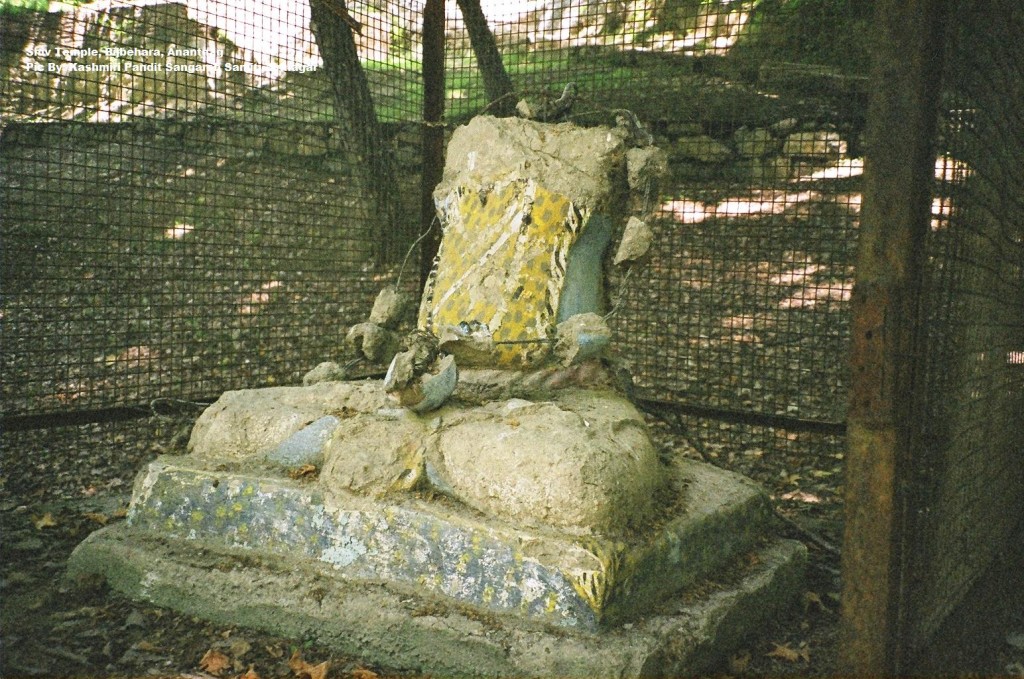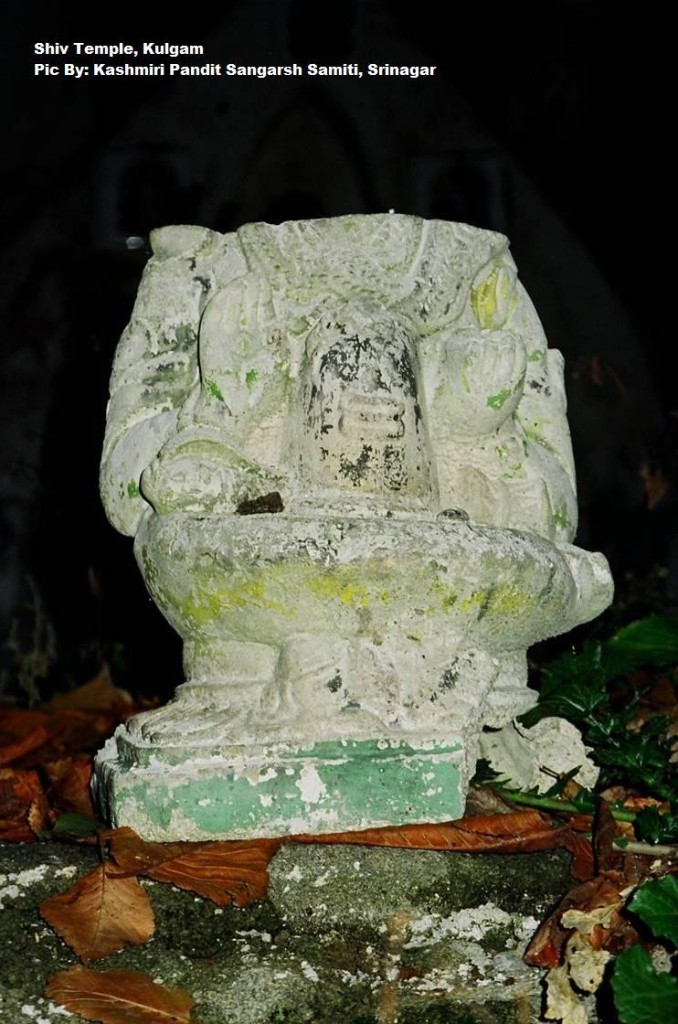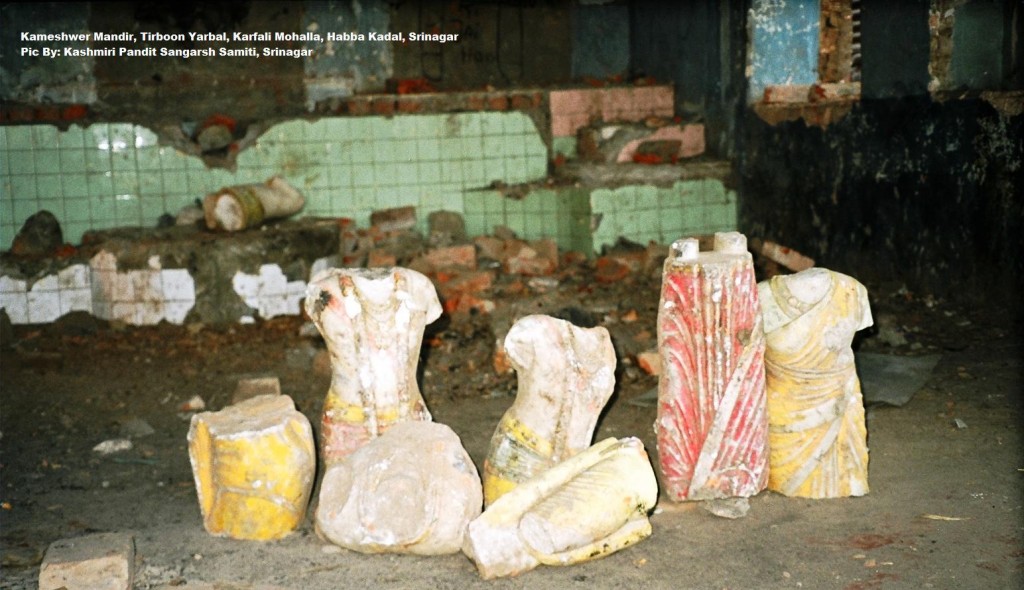Last night, I watched the film, The Monuments Men, directed by Hollywood star George Clooney. The film is loosely based on the book, The Monuments Men: Allied Heroes, Nazi Thieves and the Greatest Treasure Hunt in History by American writer Robert M Edsel. It’s about a group of men who were given the task to save art works, artefacts and masterpieces from the Nazis during World War II and return these to their owners.
Clooney plays the character of Lieutenant Frank Stokes, who leads this peculiar mission. Nazi dictator Adolf Hitler had planned to build a Fuhrer museum in Austria in which he wished to keep all the art works stolen from neighbouring European countries.
In the movie, Lieutenant Frank Stokes (deftly played by Clooney) addresses his fellow comrades as they embark on their mission: “You can wipe out the generation of people, you can burn their homes to the ground, and somehow, they will still come back. But if you destroy their achievements and their history, then it is like they never existed. Just ash floating! That is what Hitler wants. And it is the one thing we simply can’t allow.”
Frank Stokes’ powerful words resonate and underline the importance of preserving art. Art is, after all, fundamental to the character and essence of any civilisation. As American Opera Soprano, Beverly Sills rightly says, “Art is the signature of civilisation”. In fact, civilisations across histories have expressed themselves through art. Isn’t it?
The film reminded me of the destruction of Hindu temples and shrines in the Kashmir valley by fanatical groups. It is worthwhile to note that in the humdrum of daily news, a protest in this context went largely unnoticed. Neither society, nor the so-called intelligentsia bothered to take note of a group of men and women who held a protest march in the heart of Srinagar demanding the passage of a Bill for the protection of temples and religious shrines in the Kashmir valley, among other things. Twenty five years ago, the guardians of these temples and shrines had to abandon them in order to save their own life.
Kameshwar Mandir, Karfali Mohalla, Habba Kadal, Srinagar
(Photo Courtesy: Kashmiri Pandit Sangarsh Samiti, Srinagar)
This wasn’t the first time the people of the ethnic Hindu minority community in Kashmir were protesting. They have been protesting for years now. These demands regarding the protection, rebuilding and restoration of Hindu shrines in Kashmir valley have been made for years.
These temples and shrines are not the usual places of faith. They represent the 5,000-year-old civilisation that existed in the Kashmir valley. The architecture of such shrines and temples is more than just a form of art. The idols of deities are masterpieces depicting ancient history.
 Shiv Temple, Bijbehara, Anantnag
Shiv Temple, Bijbehara, Anantnag
(Photo Courtesy: Kashmiri Pandit Sangarsh Samiti, Srinagar)
Such magnificent art works were destroyed and desecrated by fanatics, much in the same way as Nazis destroyed art and artefacts in Europe during World War II.
In recent times, we have witnessed the destruction of artefacts by those who try to distort history. In 2001, the Taliban destroyed the world’s largest standing Buddha statues in Afghanistan. The destruction of such statues which are more than thousands of years old was carried out to erase the ancient Buddhist history. Likewise in Mali, Islamists damaged the shrines of Muslim saints in the city of Timbuktu.
It is more than a year since I had last written on temples and shrines of Hindus in Kashmir – The Gods Have To Wait. Not much has changed since then.
We have seen many politicians of Jammu and Kashmir, including Chief Minister Omar Abdullah, assure the Pandit community about extending protection to temples and shrines in Kashmir. But these assurances are just hollow words. The fact is Kashmiri Hindu Shrines and Religious Places (Management and Regulation) Bill hasn’t been passed by the state government of Jammu and Kashmir till date.
 Shiv Temple, Kulgam
Shiv Temple, Kulgam
(Photo Courtesy: Kashmiri Pandit Sangarsh Samiti, Srinagar)
Watching the movie, a thought crossed my mind. I wish there were Monuments Men who could have saved the symbols of Hindu civilisation in the Kashmir valley. Had they been there, the temples and shrines wouldn’t have been desecrated.
I wish such men existed to protect the magnificent places of faith. And that the fanatics who desecrated the temples understood that these temples, shrines, idols and so on, don’t belong only to Hindus. They represent the collective ancient history of the Kashmir valley. In the Kashmir valley, the gods are waiting from more than two decades for their abode to be restored and for their guardians (Kashmiri Hindus) to return.
